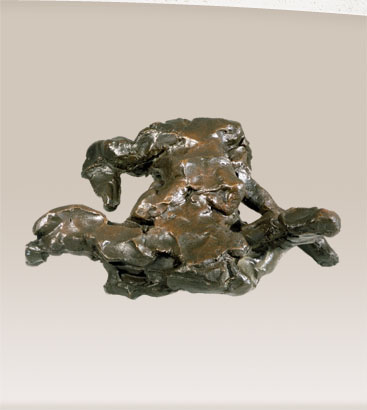DEWILLEM
waarom?
WILLEM?
hoe implementeren


Speaking to critic David Sylvester in 1960, Willem de Kooning described his canvases of the late 1950s, what I will call his "highway paintings," in the following way:
Most of them are landscapes and highways and sensations of that, outside the city—with the feeling of going to the city or coming from it … But I love to go out in a car. I'm crazy about weekend drives, even if I drive in the middle of the week. I'm just crazy about going over the roads and highways.
Coupling the artist's words with the paintings' titles—such as Montauk Highway [Fig. 1], Merritt Parkway, and Interchange—it is hardly surprising that critics have mentioned these canvases of 1957–1960 alongside the rapidly expanding American highway system. De Kooning's phrase "going to the city or coming from it" has led some to posit a transit-based interpretation: the highway paintings represent a space between the urban and the suburban. According to this logic, de Kooning's shift from his claustrophobic, so-called "urban" abstractions of the mid-1950s to the airy style of the highway paintings a few years later mirrors the simultaneous middle-class abandonment of the inner city, a process certainly spurred on by new freeway construction.


foto richard avedon, aug, 1969
MONTAUK V, 1969
model in was, afgegoten in brons, vergroot tot beeld
Most s of that, outside the city—with the feeling of ys.
phrase "going to the city or coming from it" has led some to posit a transit-based interpretation: the highway paintings represent a space between the urban and the suburban.
69
69
home
fysiek relatie overwegingen commentaar inbedding jaar handeling titel plaats
hoe ontwikkelen
home